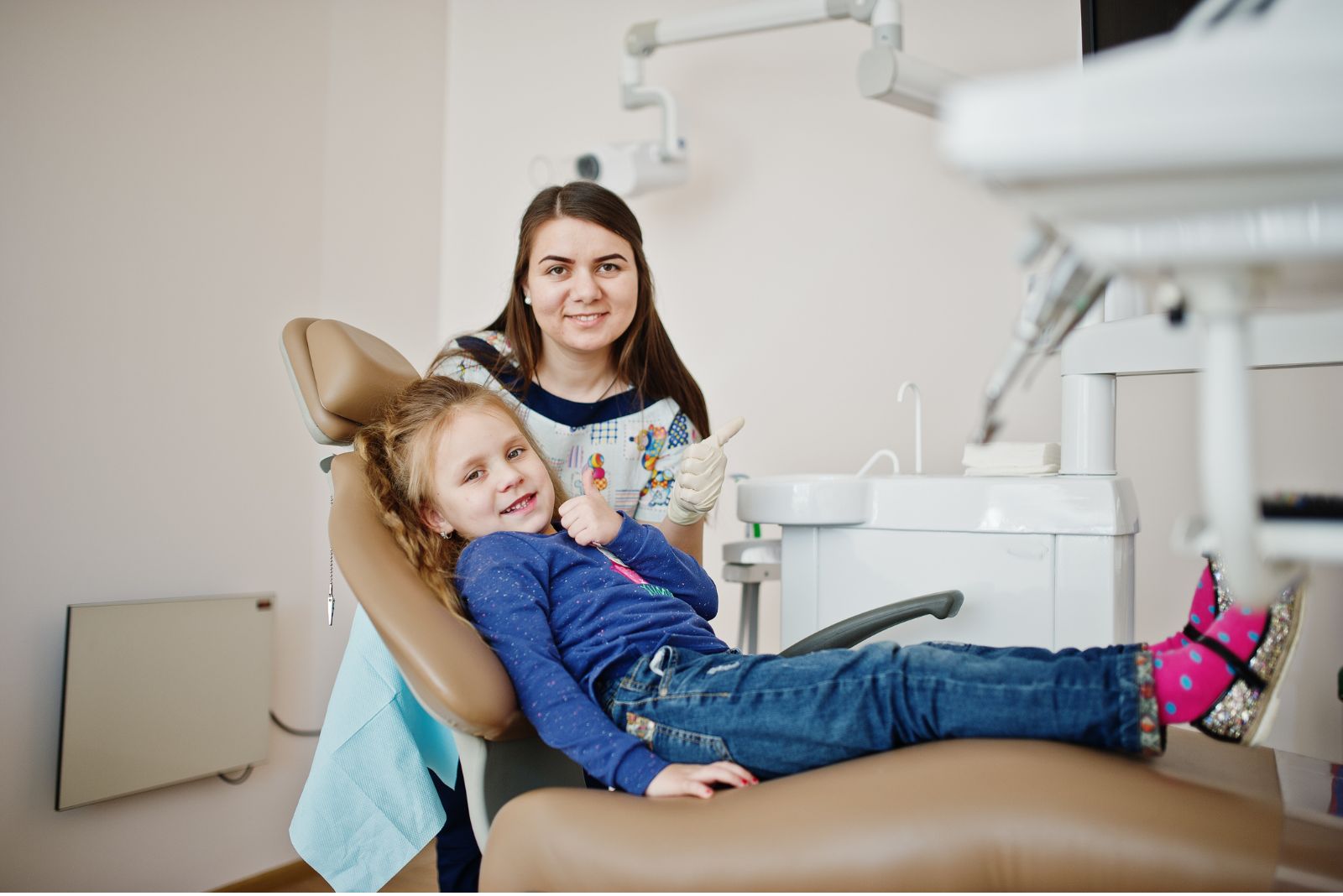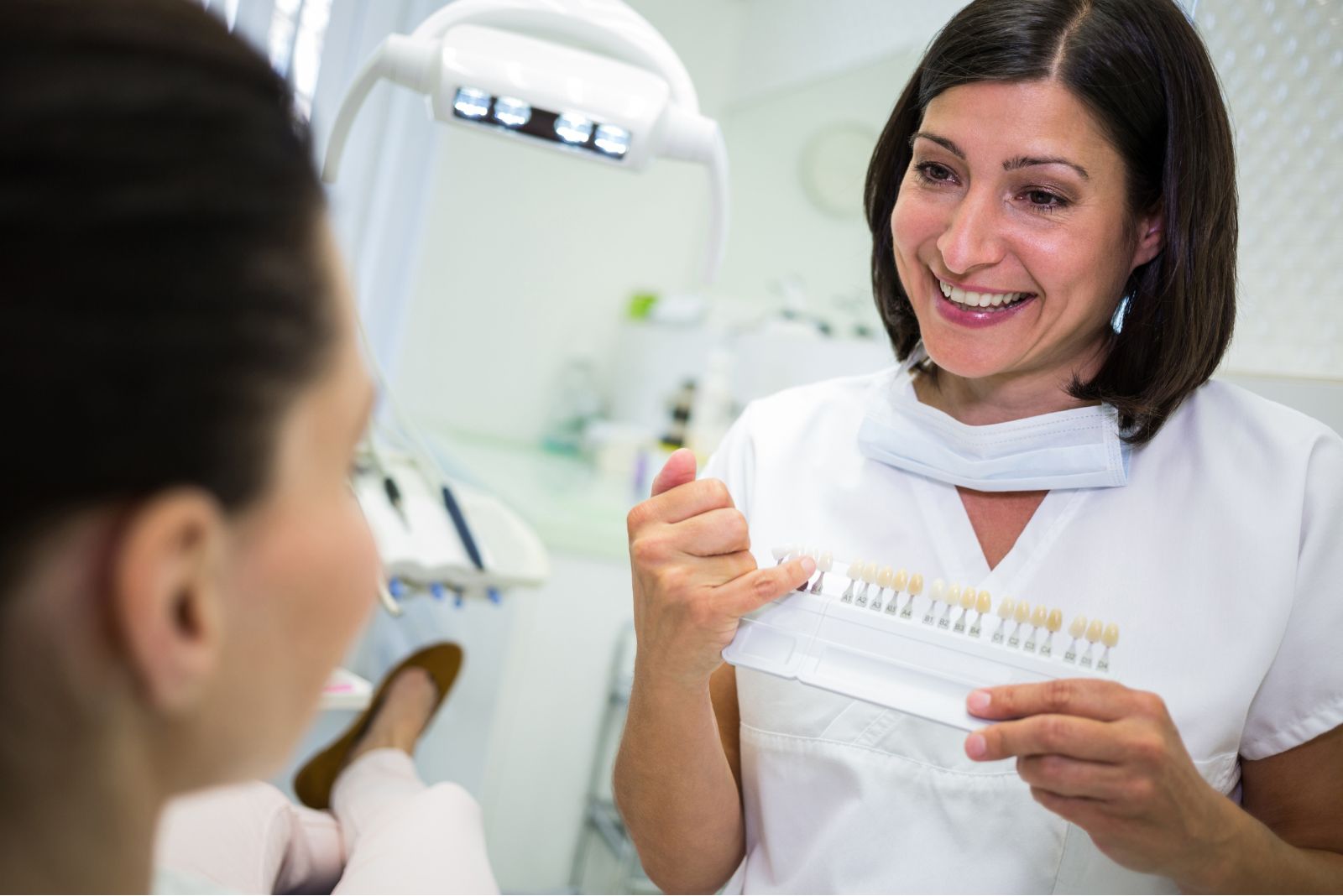Have you noticed your child’s teeth have unusual gaps or effects from prolonged thumb-sucking habits? Perhaps their teeth look crowded or have an underbite that concerns you.
As parents, we all want our kids to have healthy, confident smiles. However, knowing the right time to start orthodontic treatment can be a bit confusing. Should they get braces at age 7, 10, or during their teenage years? What if their teeth look fine now but might shift later? If you suspect your child might need braces, you might want to consider scheduling an appointment with an orthodontist near you.
Let us break down the right conditions and age groups for your child to visit the orthodontist before it is too late.
Why do kids need braces?
Braces not only straighten teeth but also help fix a lot of other forms of teeth malalignment. These issues can affect not just appearance but also your child’s chewing habits, speech development, and long-term oral health. That’s why early dental checkups and orthodontic evaluations are so important.
Some of the ideal conditions when you must consider getting braces include:
- Crowding (when teeth are too close together)
- Gaps (extra space between teeth)
- Overbite (upper teeth stick out too far)
- Underbite (lower teeth come forward too much)
- Crossbite & open bite (when teeth don’t align properly)
What’s the best age for braces?
The American Association of Orthodontists (AAO) recommends that children get their first orthodontic evaluation by age 7. But wait, does that mean braces at age 7? Not necessarily!
An evaluation simply helps an orthodontist monitor jaw growth and tooth development. Every child is different, so the right time for braces depends on their unique dental needs—something a pediatric dentist in Methuen can help assess and guide.
Here’s a quick guide by age group:
Ages 6-9: Early intervention (Phase 1)
At this stage, kids still have baby teeth, but an orthodontist may recommend interceptive treatment if needed. Why? Because some jaw and bite issues are easier to fix when kids are younger. Early intervention can prevent more complex problems later on.
Ages 10-14: The most common time for braces
This is when most kids get braces because all or most of their permanent teeth have come in. The jaw is still growing, making it easier to guide teeth into the right position. This age is best for fixing crowded teeth, bite issues, and alignment problems.
Ages 15-18: Braces for older teens
Some teens wait until high school for braces, especially if they had early intervention earlier. At this age, most teens also consider getting Invisalign. If you think your teen needs a consultation, you can make an appointment with Dr. Kotak, a top Invisalign provider in Methuen, Massachusetts, offering expert orthodontic treatment tailored to growing smiles.
Traditional Braces vs. Invisalign: Which One Is Right?
Traditional Metal Braces
- Traditional Metal Braces are best for severe alignment issues
- Fixed to teeth, so no forgetting to wear them
- Customizable colors (kids love this part!)
- More visible
- Need to avoid sticky/hard foods
Invisalign (clear aligners)
- Invisalign for kids are nearly invisible & great for teens who prefer a discreet option
- Removable (no food restrictions!)
- Easier to brush & floss
- Requires responsibility—must be worn 22+ hours a day
- It may not work for severe cases
What’s after braces?
Once your child’s braces are off, they will need to wear a retainer to prevent their teeth from moving. Without one, teeth can shift back over time, undoing all that hard work. Most kids start with full-time wear retainers and then move to nighttime-only retainers. It’s an easy step that protects their perfect smile for life.
FAQs
Do braces hurt?
There might be some mild discomfort for a few days after getting braces or adjustments, but it’s manageable with soft foods and over-the-counter pain relief.
How long will my child need braces?
Most kids wear braces for 1.5 to 3 years, but it varies based on their dental needs and how well they follow care instructions.
How much do braces cost?
The cost of braces depends on the type you choose, location, and treatment complexity. Many dental insurance plans cover part of the cost, and payment plans are often available.
When to See an Orthodontist
While 10-14 is the most common age for getting braces, some kids need earlier treatment, and others may wait until their late teens. Your child’s dentist or orthodontist will guide you based on their specific needs. The best way to know the right time to get braces for your child is to schedule an early orthodontic evaluation (around age 7). Even if they don’t need braces right away, an orthodontist can track their development and recommend the perfect time to start.
Think you need a trusted orthodontist in Boston? Book an appointment with us, and we can together ensure a healthy and aligned smile for your kid!








